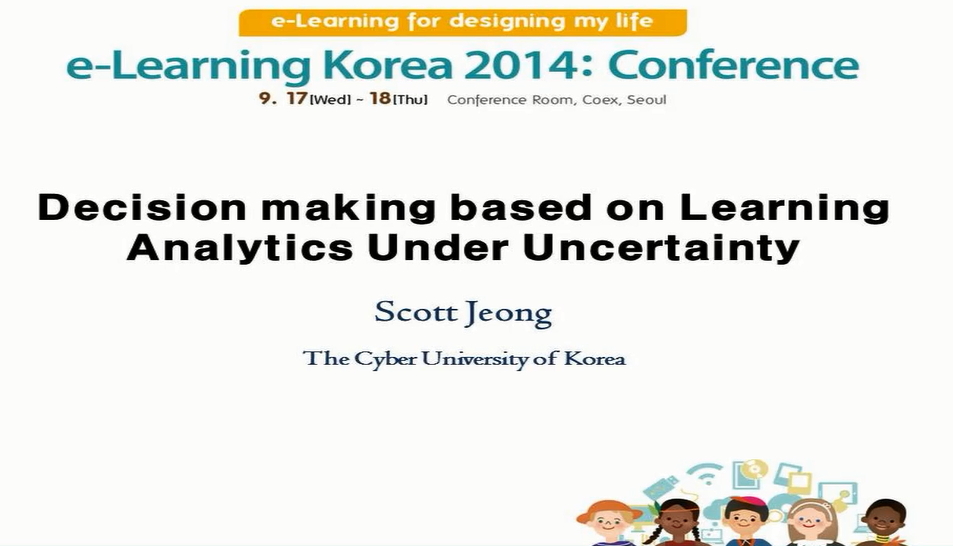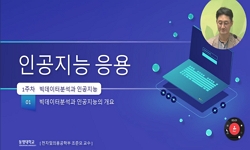The purpose of this study was to identify differences in learning patterns according to content complexity in video-based learning environments and to derive variables that have an important effect on learning achievement within particular learning co...
http://chineseinput.net/에서 pinyin(병음)방식으로 중국어를 변환할 수 있습니다.
변환된 중국어를 복사하여 사용하시면 됩니다.
- 中文 을 입력하시려면 zhongwen을 입력하시고 space를누르시면됩니다.
- 北京 을 입력하시려면 beijing을 입력하시고 space를 누르시면 됩니다.

Predicting Learning Achievements with Indicators of Perceived Affordances Based on Different Levels of Content Complexity in Video-based Learning
한글로보기https://www.riss.kr/link?id=A109059707
- 저자
- 발행기관
- 학술지명
- 권호사항
-
발행연도
2024
-
작성언어
English
- 주제어
-
등재정보
KCI등재
-
자료형태
학술저널
- 발행기관 URL
-
수록면
27-65(39쪽)
- DOI식별코드
- 제공처
-
0
상세조회 -
0
다운로드
부가정보
다국어 초록 (Multilingual Abstract)
The purpose of this study was to identify differences in learning patterns according to content complexity in video-based learning environments and to derive variables that have an important effect on learning achievement within particular learning contexts. To achieve our aims, we observed and collected data on learners' cognitive processes through perceived affordances, using behavioral logs and eye movements as specific indicators. These two types of reaction data were collected from 67 male and female university students who watched two learning videos classified according to their task complexity through the video learning player. The results showed that when the content complexity level was low, learners tended to navigate using other learners' digital logs, but when it was high, students tended to control the learning process and directly generate their own logs. In addition, using derived prediction models according to the degree of content complexity level, we identified the important variables influencing learning achievement in the low content complexity group as those related to video playback and annotation. In comparison, in the high content complexity group, the important variables were related to active navigation of the learning video. This study tried not only to apply the novel variables in the field of educational technology, but also attempt to provide qualitative observations on the learning process based on a quantitative approach.
동일학술지(권/호) 다른 논문
-
- The Korean Society for Education Technology
- Heejoo PARK
- 2024
- KCI등재
-
- The Korean Society for Education Technology
- Mingyeong JANG
- 2024
- KCI등재
-
- The Korean Society for Education Technology
- Jieun LEE
- 2024
- KCI등재
-
- The Korean Society for Education Technology
- Eunmo SUNG
- 2024
- KCI등재




 ScienceON
ScienceON KISS
KISS



